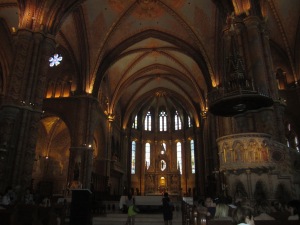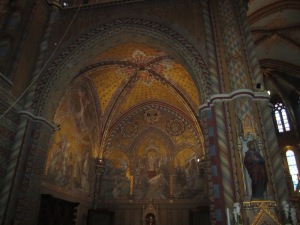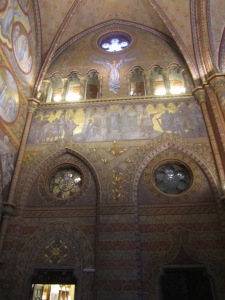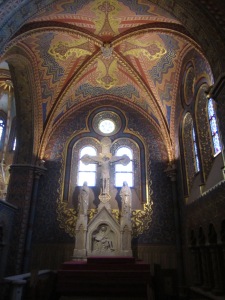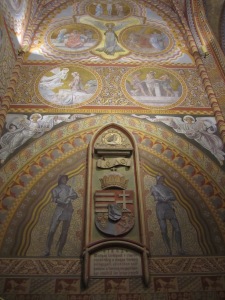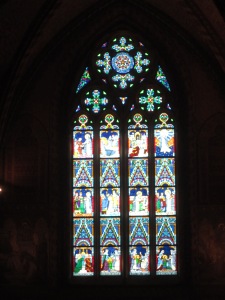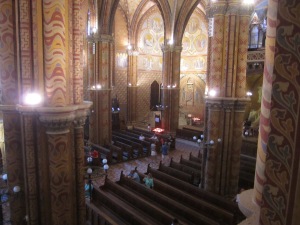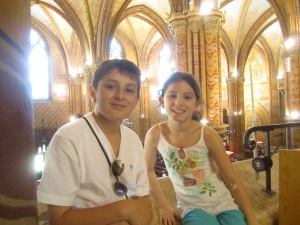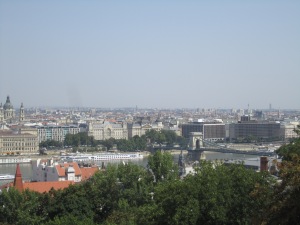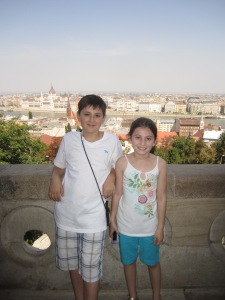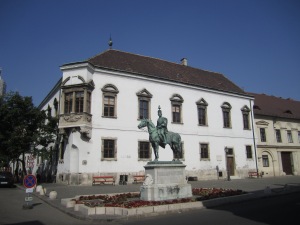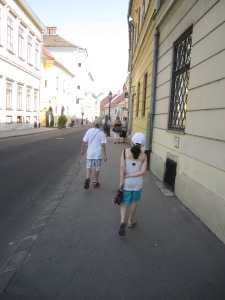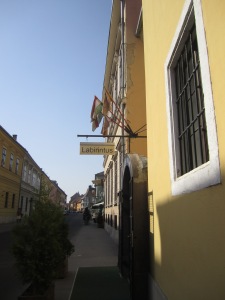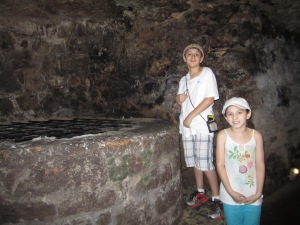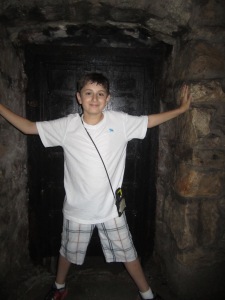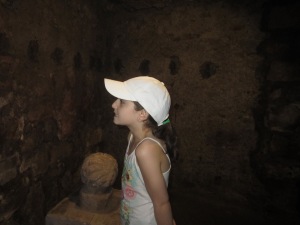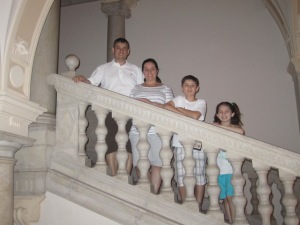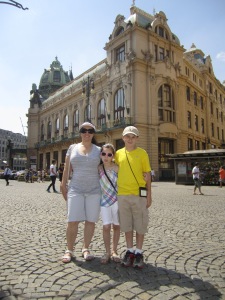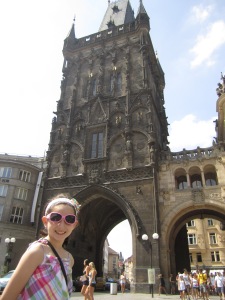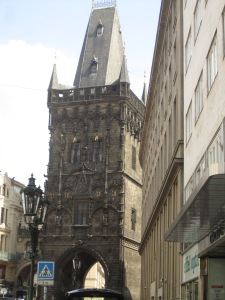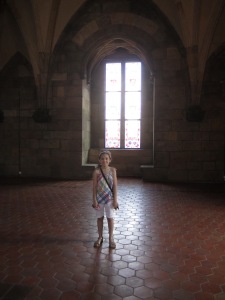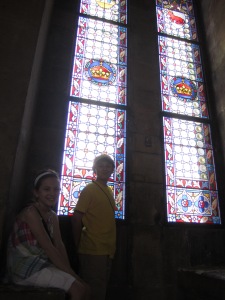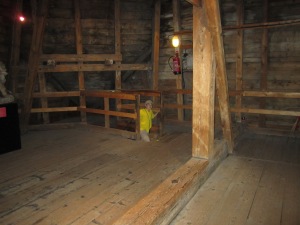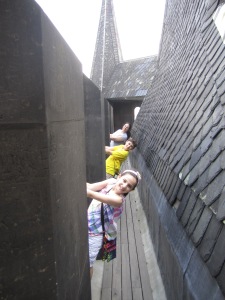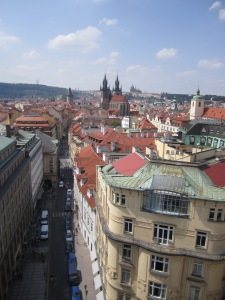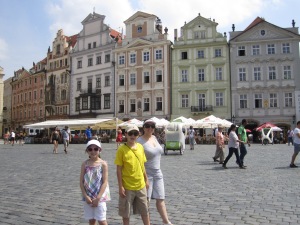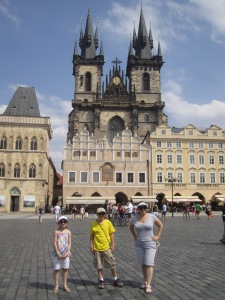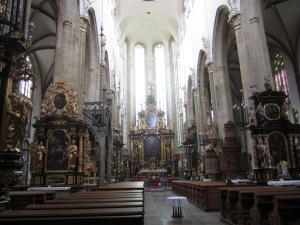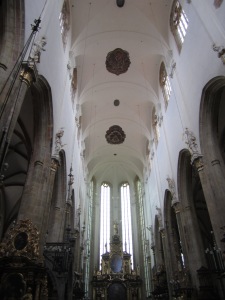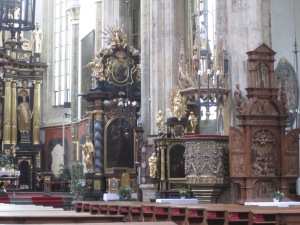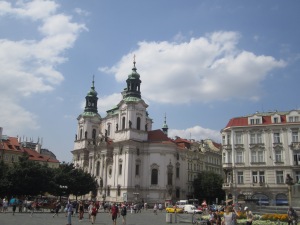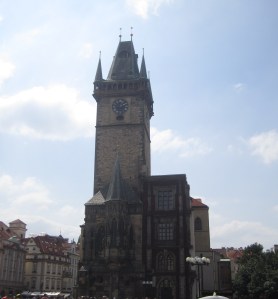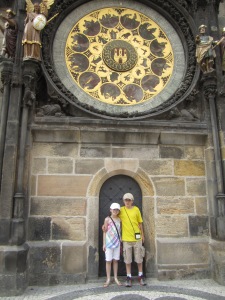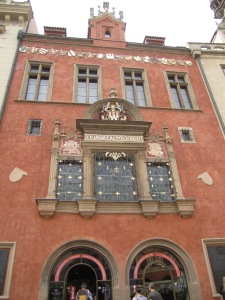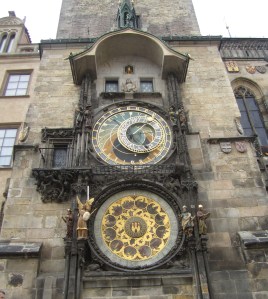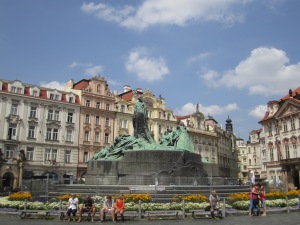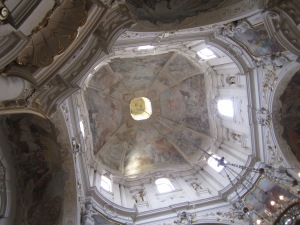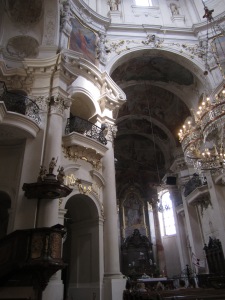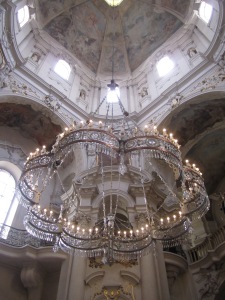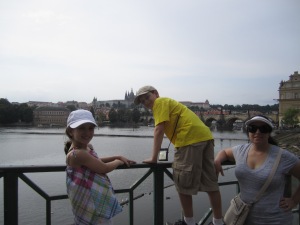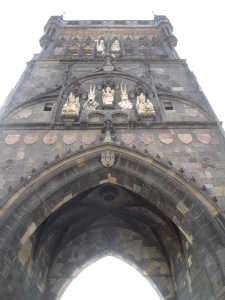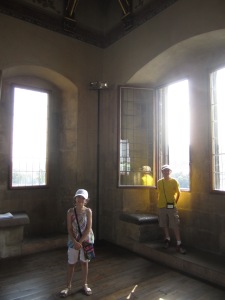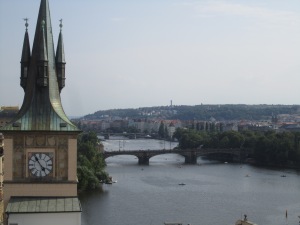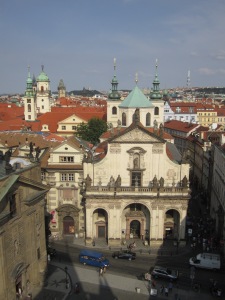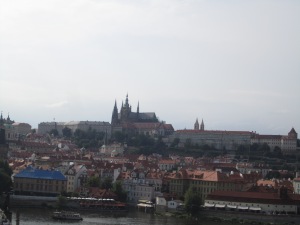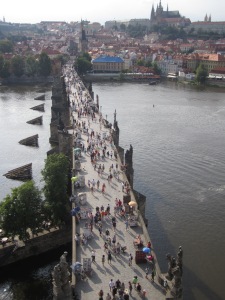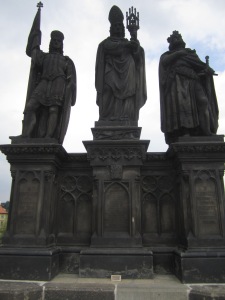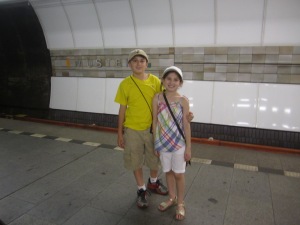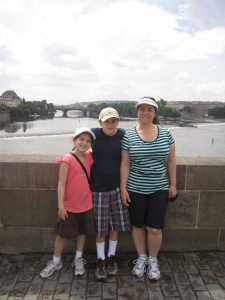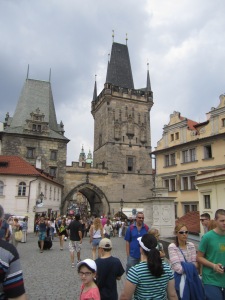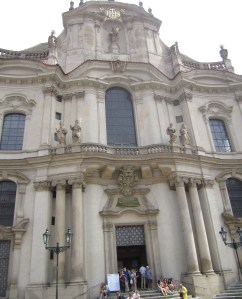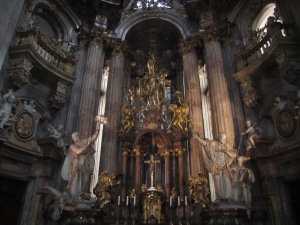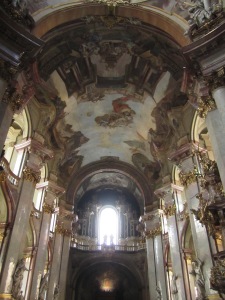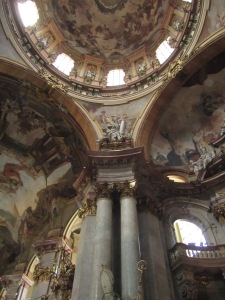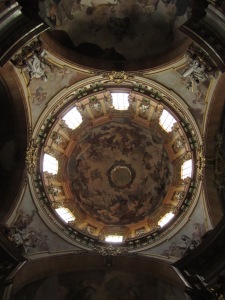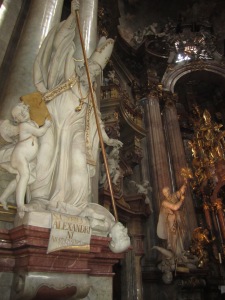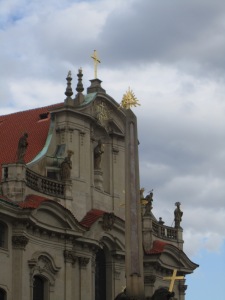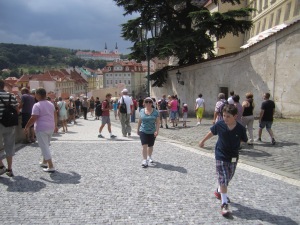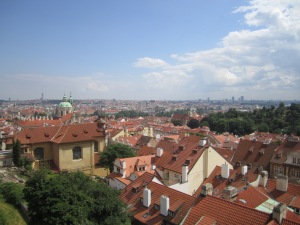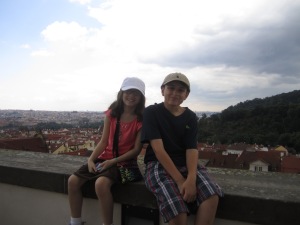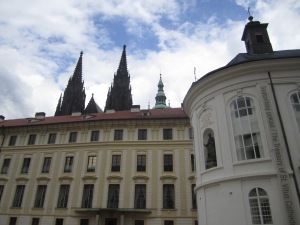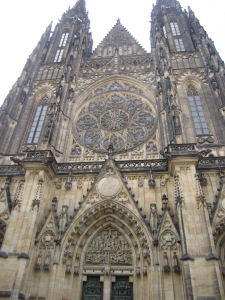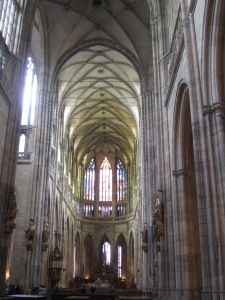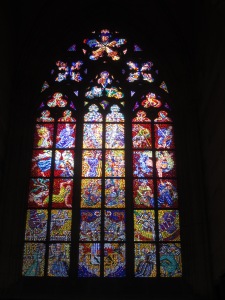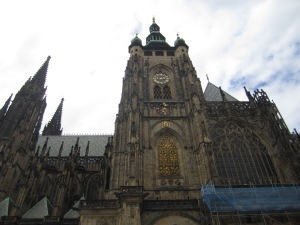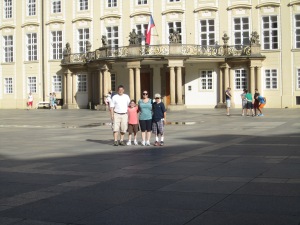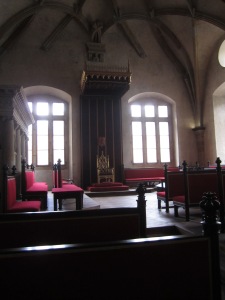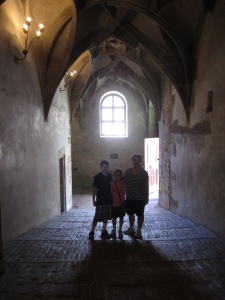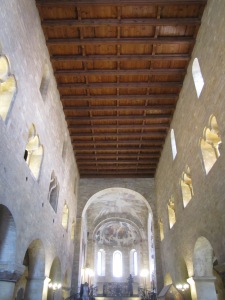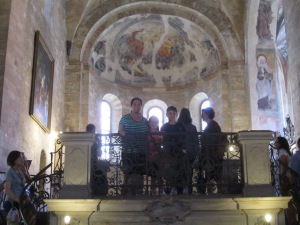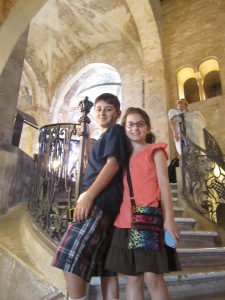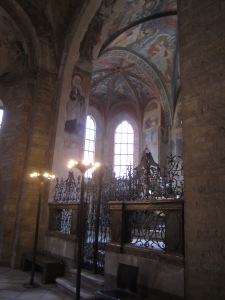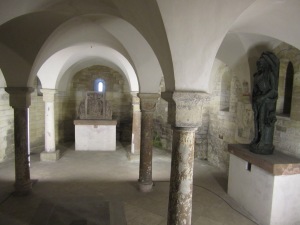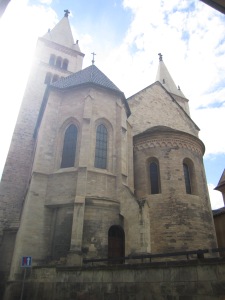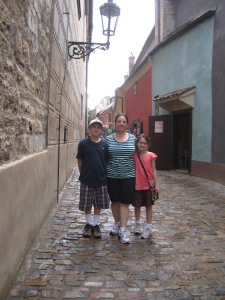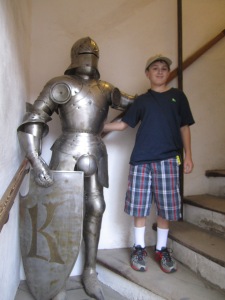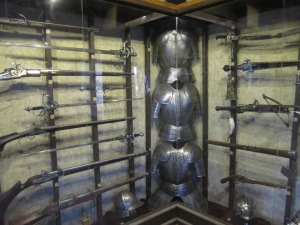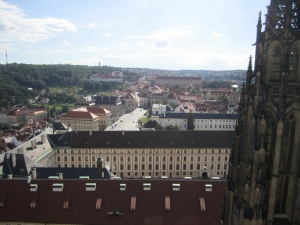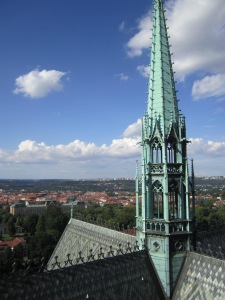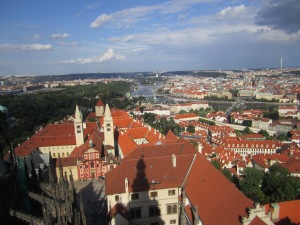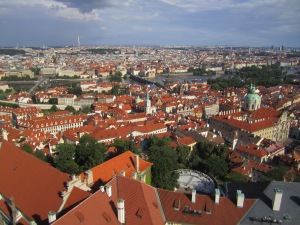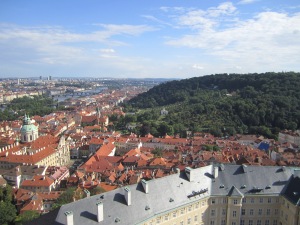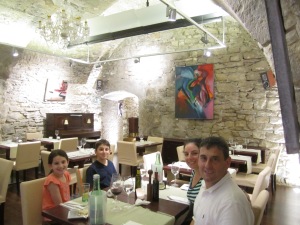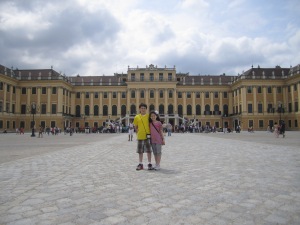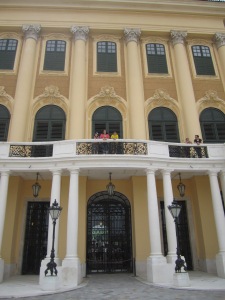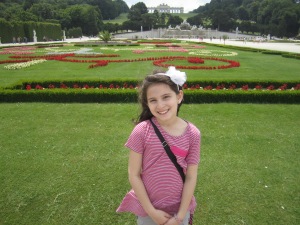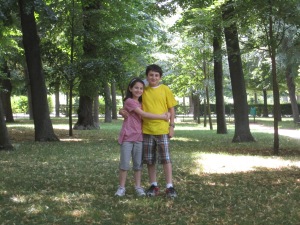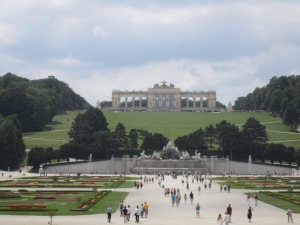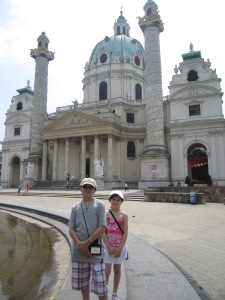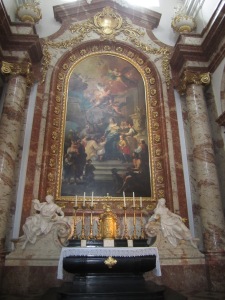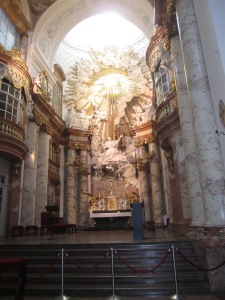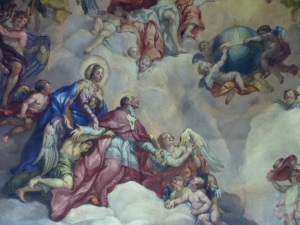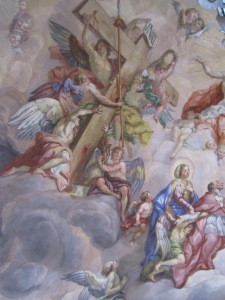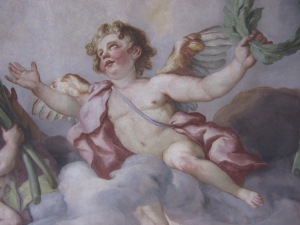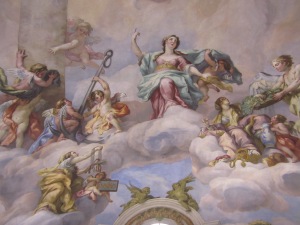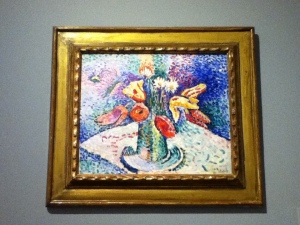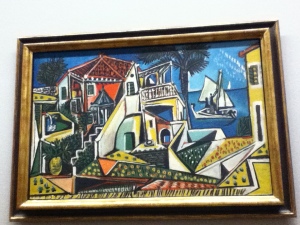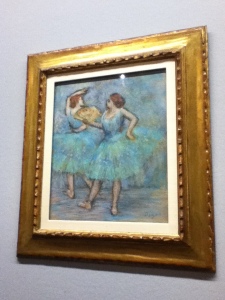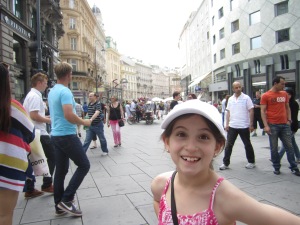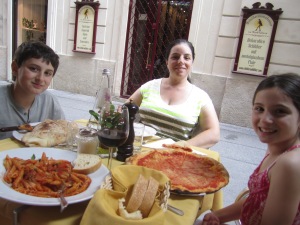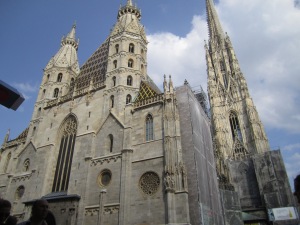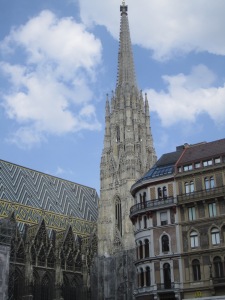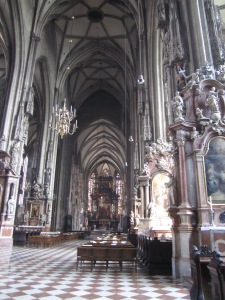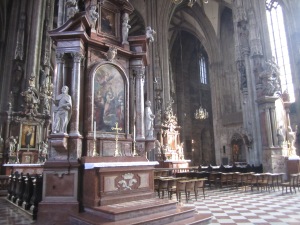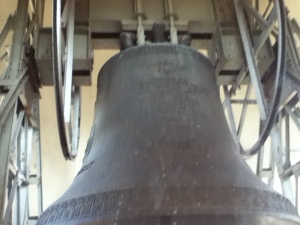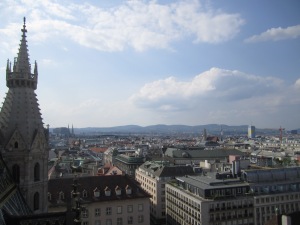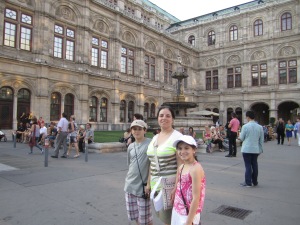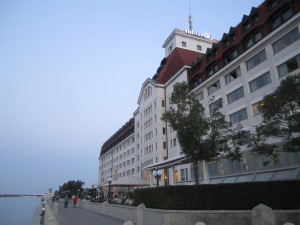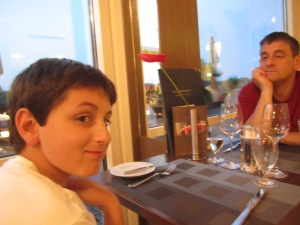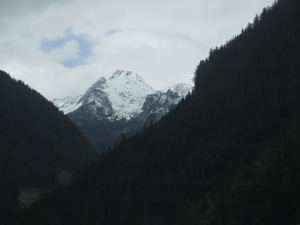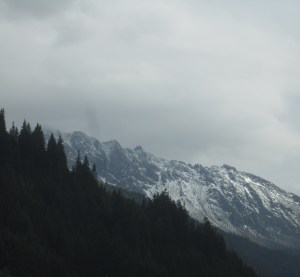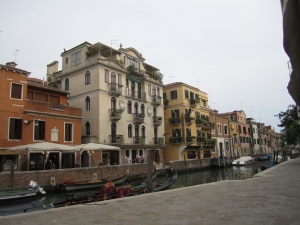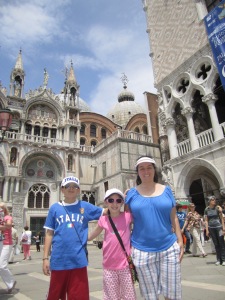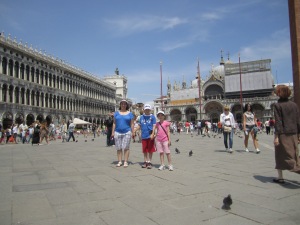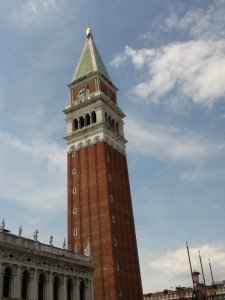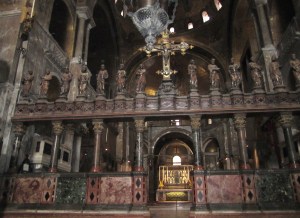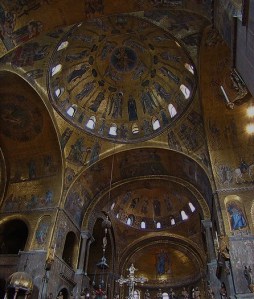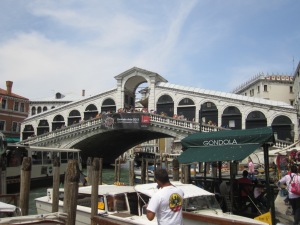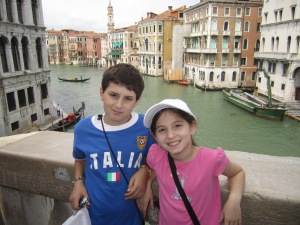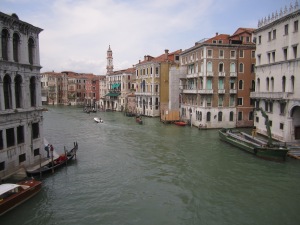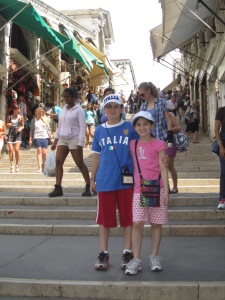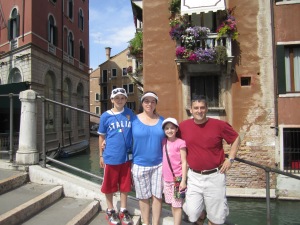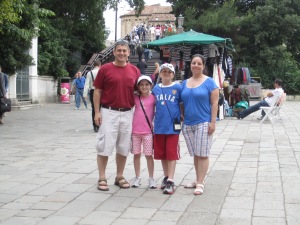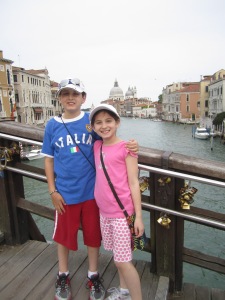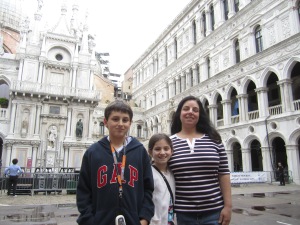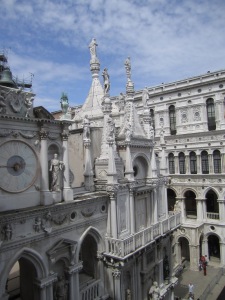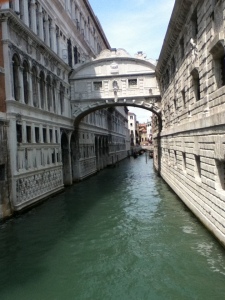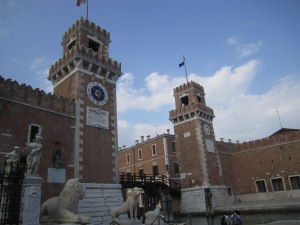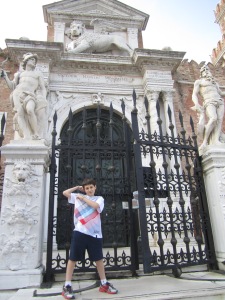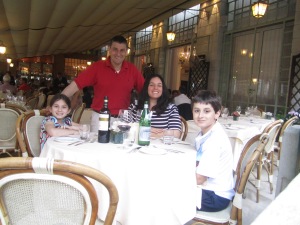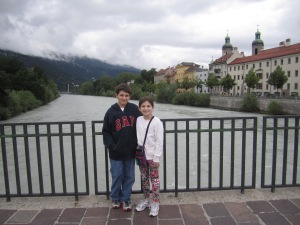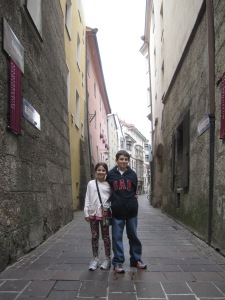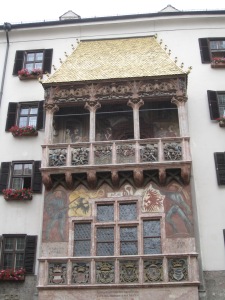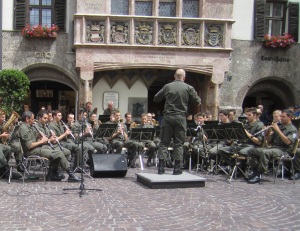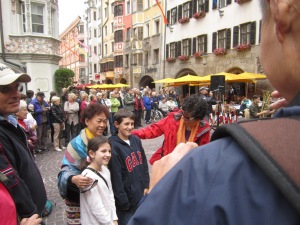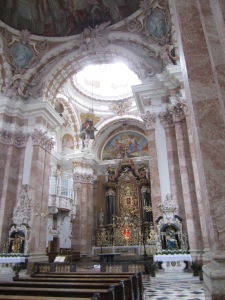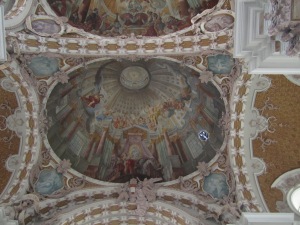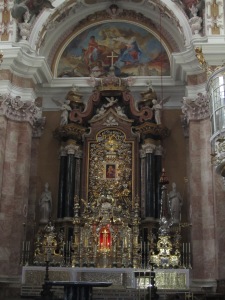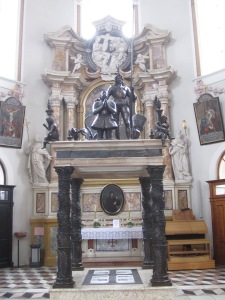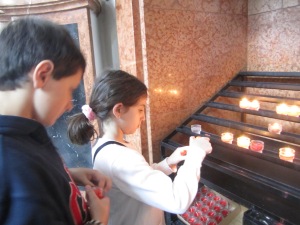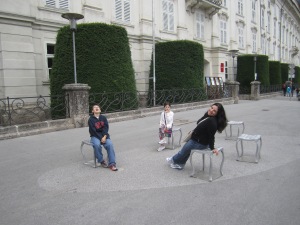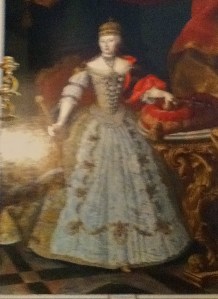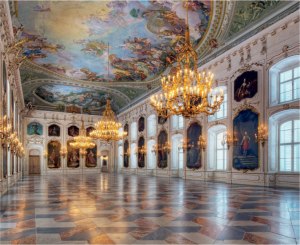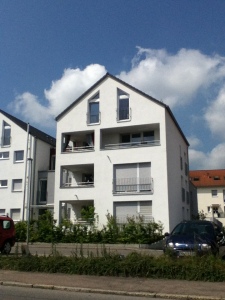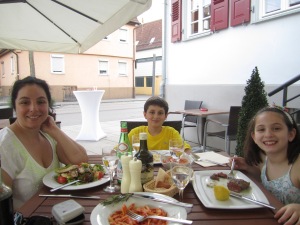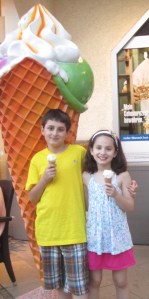(To all our Dear Friends and Family, between our time living in Germany, our travels, and Dad’s work, we were so busy that we failed to keep our blog up to date. However we still want to share with you all the wonderful places we visited in the hope that you too will enjoy what we’ve seen and be encouraged to explore wherever and whenever. Enjoy …)
(dateline: August 5th, 2013) Until the 19th century, two communities in central Hungary faced each other across the Danube. Royal, medieval Buda, with its majestic architecture standing upon the hilly western bank and modern Pest, a flat area of busy boulevards, on the eastern bank. Then in 1849 the “Szechenyi lanchid” or the Chain Bridge was completed, linking the western and eastern landscapes of Hungary, and Budapest was born.
Hungry is situated at the heart of Europe, bordered by Austria, Slovakia, Ukraine, Romania, Serbia, Croatia and Slovenia. As such it has been influenced and to a large extent has absorbed the cultures of those peoples as well as many past conquerors: The Romans, Magyars, Turks, and Habsburgs among them. For centuries it has been a nation in flux, its territories expanding or diminishing through a series of invasions, occupations and liberations and on our journey there we found a city undergoing yet further change after emerging from more than 40 years of life behind the Iron Curtain.
Once arriving in the city from our interesting ride in from the Airport, we immediately set out for our hotel and Anthony led the way…
After settling in at the hotel, The Boscolo Budapest – which turned out to be a great choice in both amenities, location and its history as the site of the New York Cafe – we set off for our first site “Szent Istvan Bazilika”, or St. Stephen’s Basilica.
St. Stephen’s Basilica is a Roman Catholic basilica named in honour of Stephen I, the first King of Hungry (c. 975 – 1038), whose incorruptible right hand is today housed in the reliquary. A Neo-Classical architectural style with a Greek cross ground plan, it was completed in 1905 after 54 years of construction and it is the 3rd largest church in the country. Equal in height to the Hungarian Parliament building it is one of the two tallest buildings in Budapest with it dome 315 ft high. unfortunately we arrived too late in the day to go inside so we explored around this magnificent building, deciding quickly we’d return there tomorrow.
Our next stop was the Szechenyi Chain Bridge. As mentioned above, the Chain Bridge is a suspension Bridge that spans the River Danube between the western and eastern sides of Budapest. Designed by the English Engineer William Tierney Clark (who also designed bridges crossing the River Thames in England) construction began in 1839 and it opened in 1849. The Chain Bridge was the first permanent stone bridge across the Danube in Budapest and it is a symbol of Hungry’s advancement and unity of East and West. During WWII the retreating Germans destroyed all the bridges of Budapest, including the Chain Bridge and only the Pillars remained intact. So after the war, from 1947 to 1949 the bridge was rebuilt and on 20 November 1949 (exactly 100 years after its initial inauguration) a somewhat improved Chain Bridge was reopened to the public.
We enjoyed exploring the bridge, crossing one end to the other and back and viewing its sites of the River and the city. Most spectacularly, we could see both the Budai Var or Buda Castle
and Nagyboldgasszony templom or The Church of Our Lady, aka St. Matthias Church off in the distance.
We looked forward to tomorrow, returning to cross the bridge again and exploring them both.
The next day we decided to first stop by the “Opreahaz” or Hungarian State Opera House, a neo-Renaissance (with elements of Baroque) opera house located in central Budapest before heading to cross the Danube again. Funded by the Austrian-Hungarian Emperor Franz Joseph, construction began in 1875 and the new house opened to the public in September 1884.
The exterior celebrates the musical world with statues of Beethoven, Mozart, Verdi, and Wagner on the stone cornice of the front terrace. Pride of place goes to Hungarians Franz Liszt and opera composer Ferenc Erkel, whose statues flank the entrance. Richly decorated its interior ornamentation includes paintings and sculptures by leading Hungarian Artists of the day. The vaulted ceiling of the foyer is covered with magnificent murals depicting the nine Muses. Although not very large, in beauty and in the quality of acoustics it is considered to be amongst the finest opera houses in the world.
After the Opera we decided to return to St. Stephen’s Basilica. The facade, facing a big open square, is anchored by two large bell towers. In the Southern tower (left side in the picture) is Hungry’s biggest bell weighing 9.9 short tons, five other bells are in the North tower.
The interior was dazzling and is said to be adorned with over 90 pounds of 24-carat gold. No place showed this better than the sanctuary and alter.
Many Transylvanian and Hungarian heroes are represented throughout the church by some 88 statues.
The interior of the cupola is magnificent in its design and beauty.
And after seeing it from the inside, we decided to go to the top of the dome. Passing on the 364 steps it takes to get up there, we wisely took the elevator. Once up there we were treated to a wonderful full 360 degree view of the city. What a terrific vantage point to see what lay ahead today.
St. Stephen died in 1038, was canonized in 1083 and in the reliquary, displayed in a gold case is his intact right hand. Hmmm?
Before leaving we said our prayers and gave thanks.
Next it was off to cross the Chain Bridge again and this time head to the Buda Castle.
Once in Buda, we took the “Budavari Siklo” or the “Budapest Castle Hill funicular railway” or the “incline” to reach the Castle. The ride provide a great view of what was to come but also a great perspective to just how high above the City and Danube the Castle sits.
Built from 1868 to 1870, castle hill funicular railway was the second of its type in all of Europe (the first being in Lyon.)
Once at the top, we were at the entrance to the Buda Castle.
A historical castle and palace complex of the Hungarian kings in Budapest, it was 1st completed in 1265. However, the oldest part of the present-day palace was built in the 14th century. Built, sacked, destroyed, and rebuilt many times over centuries, the complex is a mix of arcitectural styles and composition. Heavily damaged in WWII much work was done to rebuild it and in the process it was somewhat redesigned too. A neo-classical dome now stands at its center and there is a statue of a mounted Prince Eugene of Savoy – a Hero of Hungry who routed the Turkish armies in the late 1600’s – in the terrace overlooking the Danube.
The plinth is decorated with two bronze reliefs showing the capture of the earth-works in Zenta and the decisive cavalry charge in the Battle of Zenta in 1697. Although in the Battle of Zenta took place in what is today Serbia, it was a monumental defeat of the Ottoman forces by the Habsburgs and it was the last decisive step to force the Ottoman Empire into the Treaty of Karlowitz (1699), ending the Ottoman control of large parts of Central Europe.
Passing through a courtyard to the other side of the Castle, we found on the north wall the lovely “Matthias Well” fountain. It depicts King Matthias Corvinus, slain game and two other state heroes. It is said to be the most photographed object in the palace.
The west wing leads to both the Hungarian National History Museum and also the National Szechenyi library which stores 2+ million books.
And in the western forecourt is the notable statue of the Hortobágy “Horseherd” taming a wild horse.
The Hungarian National Gallery moved to the Royal Palace of Buda Castle in 1975 and much of the artwork we saw depicted life during the Ottoman Turk occupation from 1541 – 1686.
The views from the Castle were expansive.
and the mythological Turul sits high above the Danube looking down on the city.
After we finished this trip to the castle, we proceeded back down the incline to hop a street car back to towards Pest for dinner.
On the way we passed the “Orszaghza” or the Parliament Building. Bristling with neo-Gothic spires and turrets, it sits on the eastern bank of the Danube with its 315 feet high red dome. Having seen it in the distance from many other vantage points, only now could we fully appreciate its magnificence.
For our last day of exploring we decided to revisit the Castle District, except this time we approached it from the North. Entering the Castle complex from this direction was different than that of the incline the day before and we got a real feeling for what it was like to ascend to the high ground where Castle’s town lay.
Once inside the outer wall, we found a nicely laid out town, with streets and alleys of a much different character than other places around Buda.
After a bit of wandering around the town in the hot sun we came across “Matyas-templom” or Matthias Church and we looked forward to getting inside to get cool. Officially named as the Church of Our Lady it was popularly named after King Matthias who ordered reconstruction of its south tower. The tower was under scaffolding at the time we visited so the second picture below is from the internet.
Once inside we found a beautifully and uniquely decorated church. Built in the 14th Century, and at one time serving the Turks as a mosque, it was remodeled in the 19th Century in striking neo-Gothic style.
Medieval touches have been reproduced in the interior to go along with dramatic features such as the soaring 262 foot spire of the exterior.
For 400 years King Matthias coat of arms adorned the 3rd story of the belfry of the south tower until it was moved to a place of prominence close to the entrance.
Beautiful stain glass windows adorned the walls.
and from the mezzanine you can get a sense for the fresco painting that give the church its character.
Cool from exploring the Matthias church, we paused to get some fresh water from a fountain in an adjacent park and to take in yet another view of the Danube before heading off to explore some more of the Castle town.
As we walked about we found a still functioning town with many stores, shops and restaurants.
After a bit of navigating through the town we came upon our last site for the day, the “Budevari Labirintus!” From the street is a nondescript entrance that you’d pass right by it if you were not looking for it.
Descending down the stairs you enter a maze of catacombs that extend for 16 miles under Castle Hill.
Rich in history right up to the modern-day, the caves of the Labyrinth are believed to have been created as an effect of hot water springs and their use goes back to prehistoric times, and of course have been expanded and worked on and used for hiding, living, storage, hospitals, jails, etc. throughout the centuries. The various caverns are linked by passageways and corridors.
Only a tenth of the Labyrinth complex can be visited by the public, but even this gives a vivid impression of a strange, enclosed, underground world.
We closed out trip by returning to our hotel to freshen up and then back to the Opera House to enjoy a nice meal in an adjacent restaurant we had seen earlier. During the meal we were treated to the performance of a band playing classical music and it could not have been more fitting for our time here.
We hope you enjoyed sharing our adventures in Budapest with us!
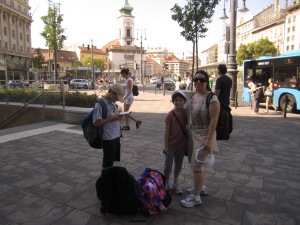
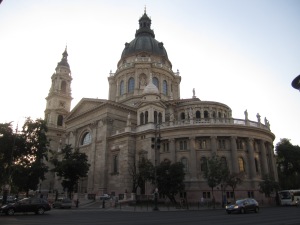
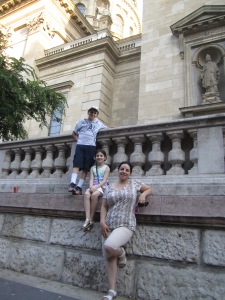
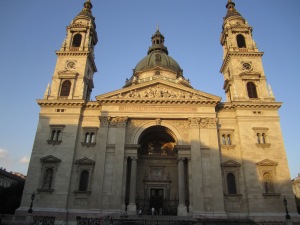

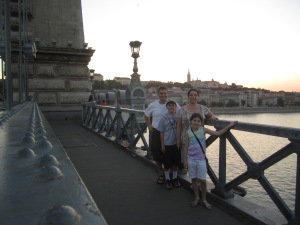
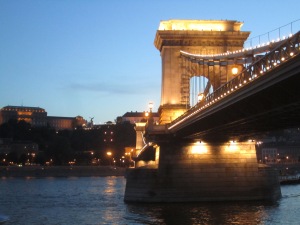

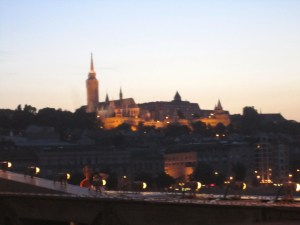
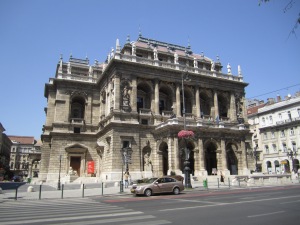
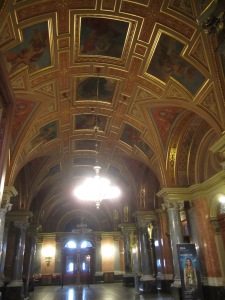
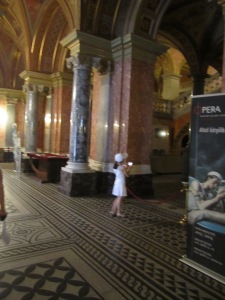

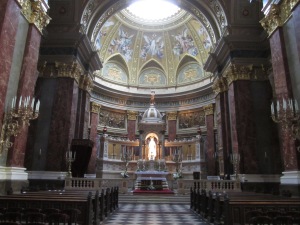

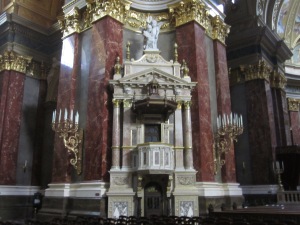




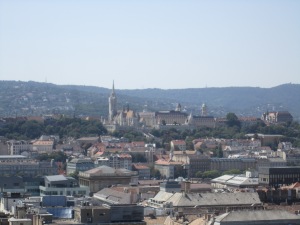

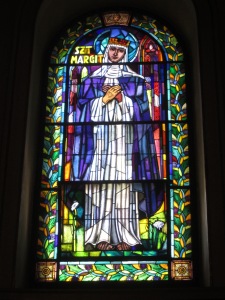
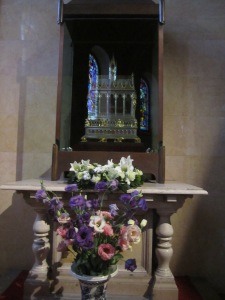
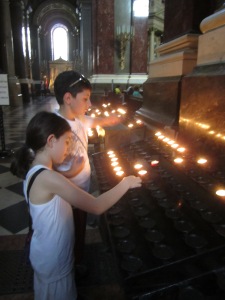
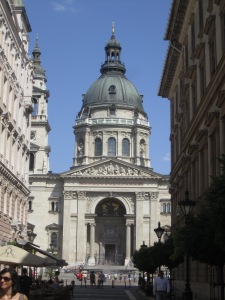

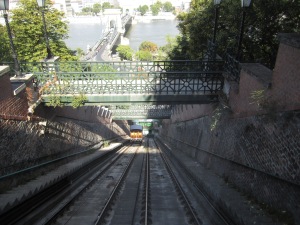
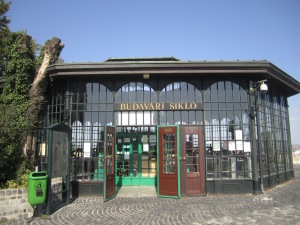
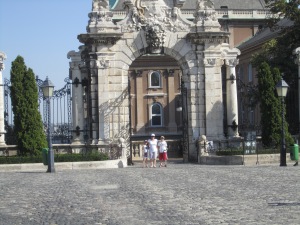

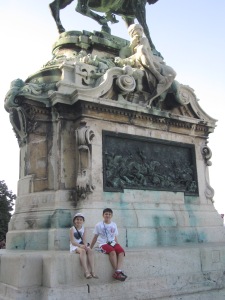
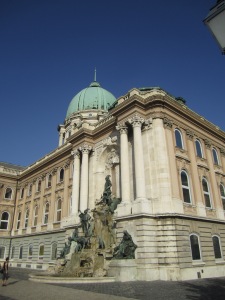
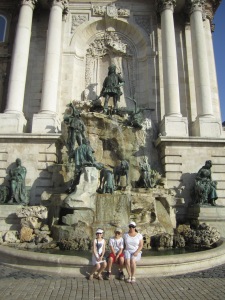
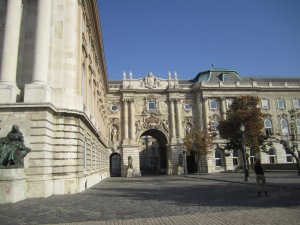
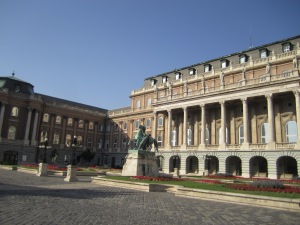

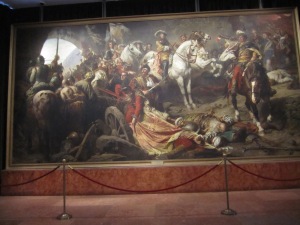
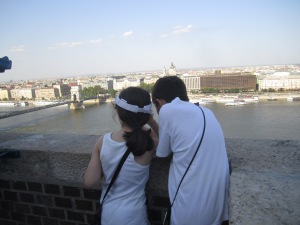


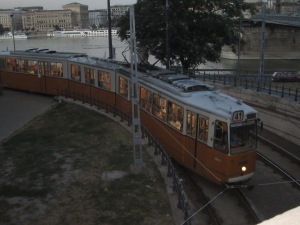
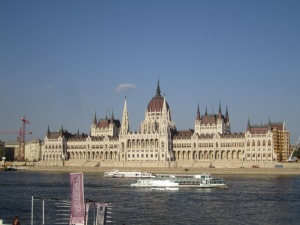
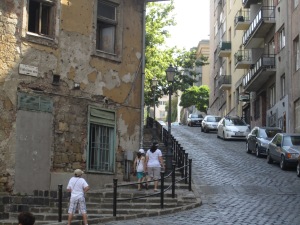
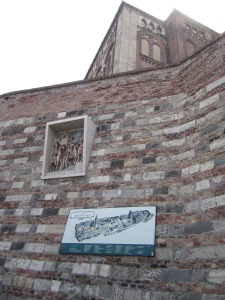
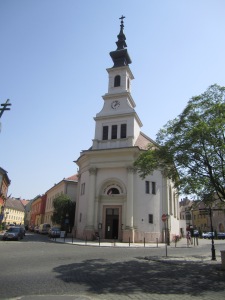
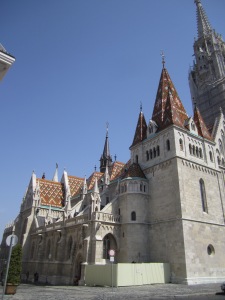
![Matthias_Church,_Budapest[1]](https://europeanvacation2013.files.wordpress.com/2014/03/matthias_church_budapest1.jpg?w=225&h=300)
